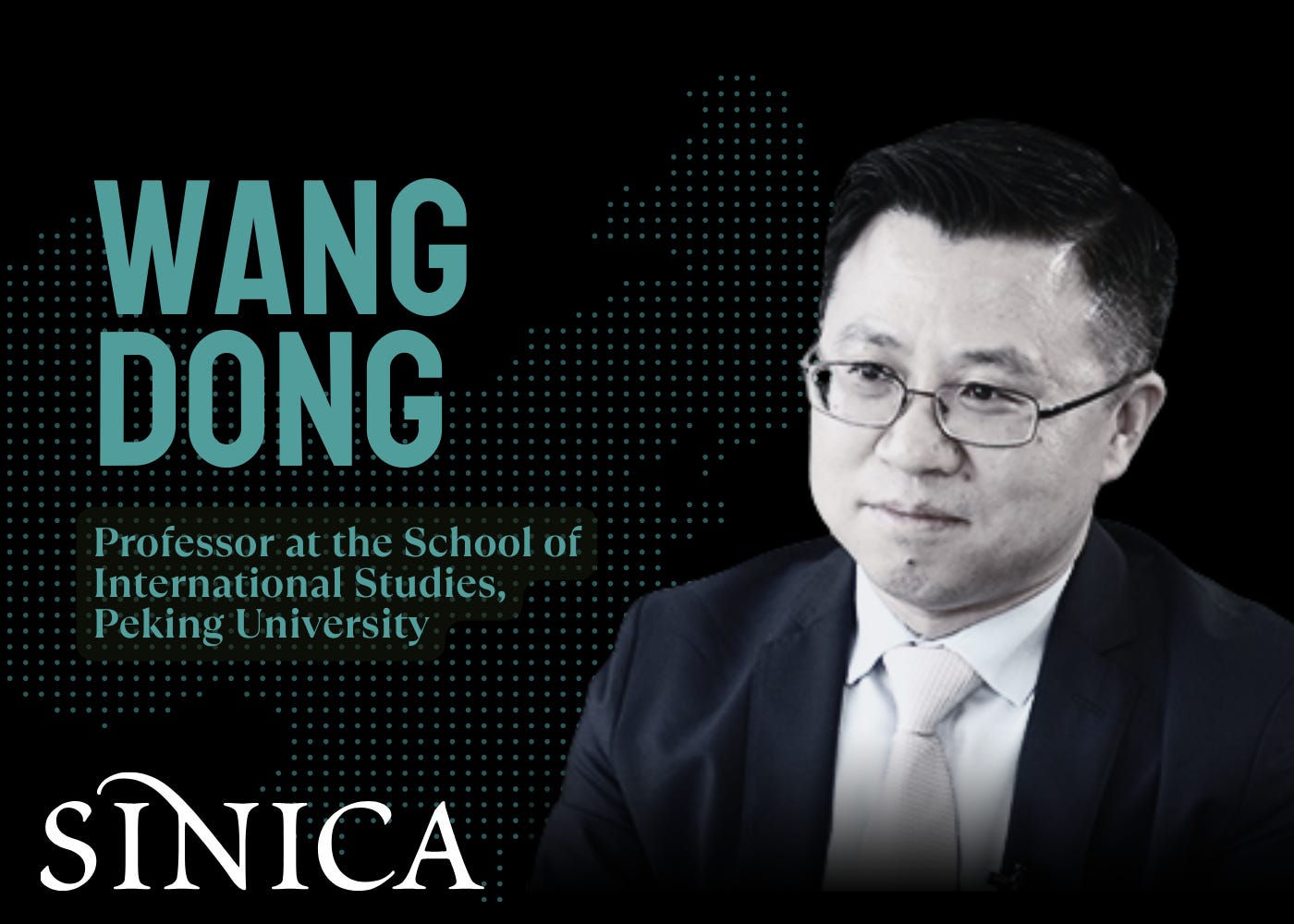Transcript | The Symbolism of the Flying Tigers
Peking University's Wang Dong on the American Volunteer Group and its Historical and Diplomatic Usages
Below is a complete transcript of the episode. Thanks to CadreScripts for their great work, to Oana Grigor and Natalia Polom for checking and formatting, and to Zhou Keya for the image! Listen in the embedded player above.
Kaiser Kuo: Welcome to the Sinica Podcast, a weekly discussion of current affairs in China. In this program, we’ll look at books, ideas, new research, intellectual currents, and cultural trends that can help us better understand what’s happening in China’s politics, foreign relations, economics, and society. Join me each week for in-depth conversations that shed more light and bring less heat to how we think and talk about China.
I’m Kaiser Kuo, coming to you this week from 北大 (Běidà) Peking University in Beijing — my favorite city in the world.
Sinica is supported this year by the Center for East Asian Studies at the University of Wisconsin, Madison, a national resource center for the study of East Asia. The Sinica Podcast will remain free, but if you work for an organization that believes in what I’m doing with the show and with the newsletter, please consider lending your support. You can get me, as always, at sinicapod@gmail.com. And listeners, please support my work by becoming a paying subscriber at sinicapodcast.com. You will enjoy, in addition to the podcast, the complete transcript of the show, essays from me, as well as writings and podcasts from some of your favorite China-focused columnists and commentators. And, of course, the knowledge that you are helping me do what I honestly believe is very important work. So, do check out the page and see all that’s on offer, and consider helping me out.
We’re going to turn today to a story from, well, the darkest days of the Second World War, one that has echoed through generations of both Chinese and Americans. The story of the Flying Tigers, 飞虎队 (fēihǔduì), the American Volunteer Group of pilots who came to China even before the United States entered the war after Pearl Harbor, and who became legends for their exploits in the skies over Burma, over Yunnan, and beyond. Their shark-toothed P-40s and their daring tactics not only gave badly needed help to China’s defenses but also gave symbolic proof that China was not alone in its struggle.
Now, for decades, of course, the Flying Tigers have been invoked as a touchstone in U.S.-China relations, a reminder of a time when our countries were allies bound by a common purpose. From wartime propaganda to contemporary statecraft. Their story has been retold, memorialized, and sometimes mythologized. My own father, who spent his childhood in Chongqing, insisted to me that as a boy he watched dogfights between what he called the Flying Tigers and Japanese planes over the skies over the skies of Chongqing, and I never quite had the heart to tell him that actually, the Flying Tigers themselves never fought in Chongqing, but there were a lot of Douglas planes that had the Flying Tiger, sort of shark’s tooth emblem painted on their nose. So, you can see how quickly this whole idea became mythologized. Beyond the legend, of course, lies a fascinating question.
How does this memory matter today? What does it mean when Chinese and American leaders or civic groups speak of the Flying Tigers’ spirits? And how might we understand this legacy in the context of present-day U.S.-China relations, which are obviously very different now from where they were during the war? Now, I am delighted to have with me someone who has thought and written extensively about precisely this question. My guest today is Professor Wang Dong, who earned his PhD from UCLA and is a professor at the School of International Studies at Peking University, where he also serves as deputy director and executive director of the Office for Humanities and Social Sciences, and the Institute for Global Cooperation and Understanding. Professor Wang’s scholarship and public commentary focus on U.S.-China relations, Cold War history, and the uses of historical memory in diplomacy.
He has been an especially thoughtful voice in connecting the Flying Tiger’s legacy with today’s efforts to stabilize and strengthen the people-to-people ties between the two countries. Professor Wang, welcome to Sinica.
Prof. Wang Dong: Thank you. Thank you, Kaiser.
Kaiser: So, with the anniversary of the Japanese surrender that just passed, having done the parade and everything, tell us how the Flying Tigers have been used as an emblem in public diplomacy and in civil society exchange. What makes this particular story so resonant among, you know, so many other stories of Sino-American wartime connections as a vehicle for normative outreach or even for soft power?
Prof. Wang: The Flying Tigers remain one of the most important symbols of Sino-American friendship. Their story is commemorated through ceremonies, museum partnerships, and official speeches that highlight the sacrifices made on both sides in cooperation against one common enemy. But the story is so resonant not because it exists normally in official exchanges and memorials but also exists on a level of civil engagement that has lasting cultural outreaches.




